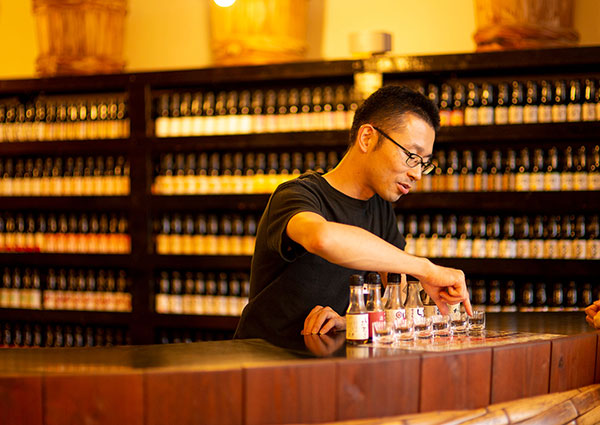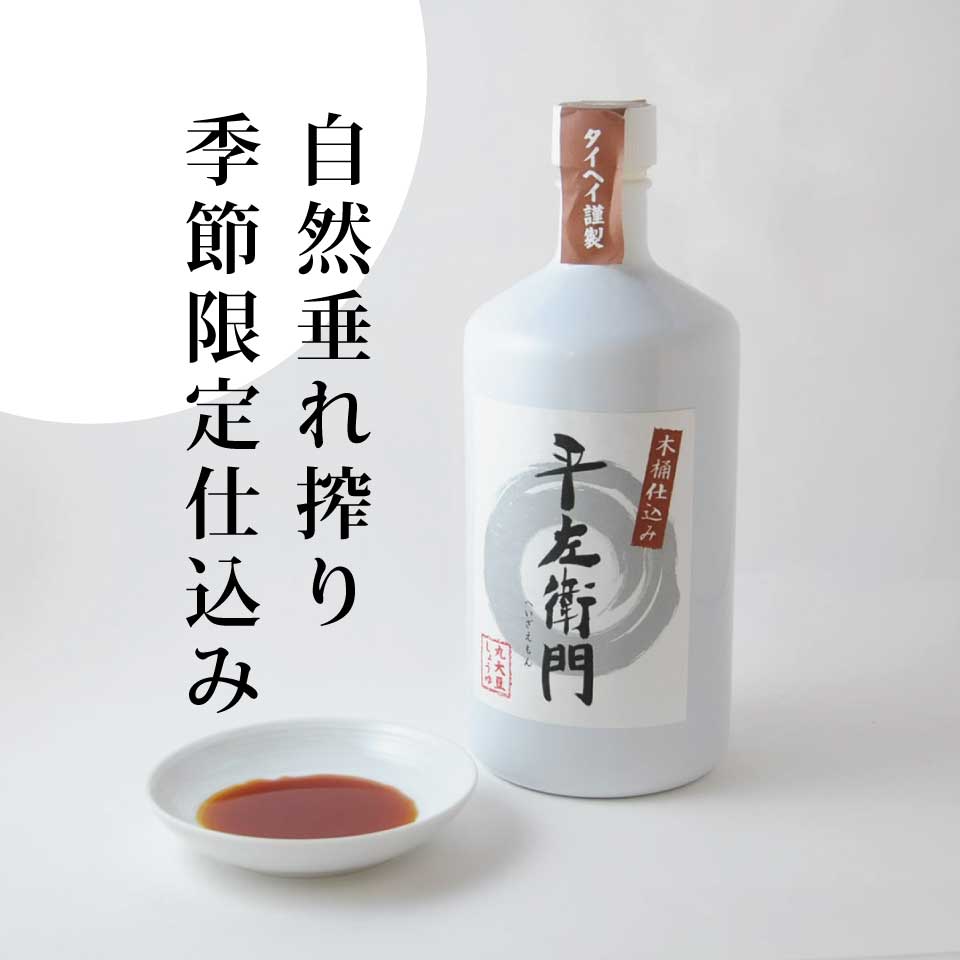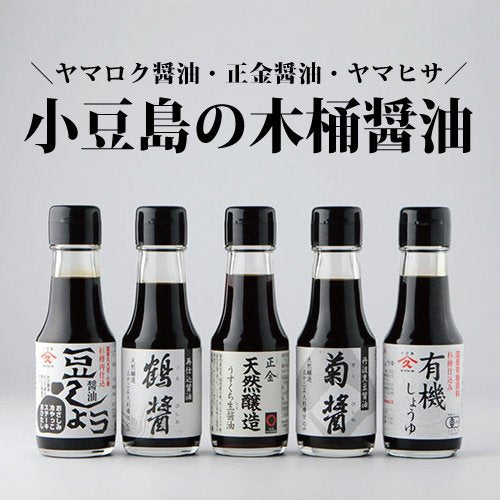



Chivalrous Sake Lees (500g)
We have it in stock again this year.
Shokunin Shoyu No. 3047
Originally a friend from school days
It all started with the coincidence that Masahiro Yamada, a friend of mine (Takahashi) from my school days, came from a family that ran a sake brewery.
"I like to drink amazake every winter..." was the conversation that led me to receive some sake lees. I was surprised at how quickly they dissolved in water. Up until now, sake lees have been soaked in water for a while, then slowly heated over a fire to break them down and turn them into amazake, but these sake lees dissolved in an instant.
When asked what the difference is,
We asked Yamada Masahiro, "What is different about Gikyo's Sake Kasu?"
1) The difference in the rice used Gikyo uses Yamada-nishiki, also known as the "white diamond." Yamada-nishiki is considered the best rice for sake brewing, and the sake is made using 100% Yamada-nishiki from the Tojo Special A district in Hyogo Prefecture, with the brewer insisting on brewing all of the sake in pure rice form.
2) Don't squeeze too much . When squeezing sake, a lot of pressure is sometimes used to produce as much sake as possible, but this can result in the sake having a lot of unpleasant flavors and the lees losing their flavor. At Yamachu Honke Sake Brewery, we make sake and lees without using excessive pressure.
3) Polished rice is used . There is a number that indicates how much rice has been polished, called the "polishing ratio." Major products are generally around 70% to 85% polished (with 30% to 15% polished off as rice bran). The sake lees used this time are 60% polished (40% is rice bran), so there is less impurities and it has a rich flavor.
First of all, what kind of sake are you aiming to make?
When listening to such stories, one thing that caught my attention was, "What kind of sake are you aiming to make?" The answer that came immediately from Yamachu Honke Brewery is, "We aim to make sake that is delicious to drink!"
"It's a sake that tastes better on the second sip than on the first. I think that if you improve the aroma, the first impression will be good, but this is not the case. It's a sake that maximizes the potential of the rice and is made into sake."
This is the approach we take when it comes to handling sake lees.
This is sake lees that we use every year at home.
Yamachu Honke Sake Brewery (Aisai City, Aichi Prefecture)
The brand name of Yamachu Honke Sake Brewery is "Gikyou (Righteousness)." There is an anecdote that says that when sake prices soared during the Meiji period, the brewery was given the name "Gikyou" by a merchant because it kept its contract with retailers and continued to supply sake at low prices without regard for profitability.
Choose options
































